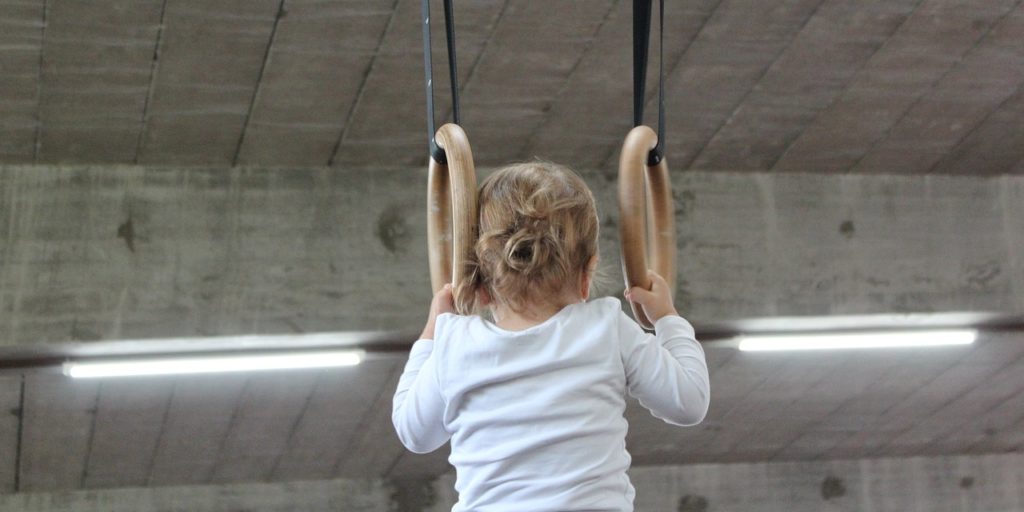- Seek legal advice if you’ve been hurt on an icy sidewalk - December 7, 2020
- Two important concerns about highway speed limit increase - November 6, 2020
- Shedding a light on recent Licence Appeal Tribunal decisions - July 10, 2020
Organizations offering athletic activities to children and teenagers should take reasonable steps to ensure policies are in place and staff are trained to mitigate the risk of injury, says Toronto critical injury lawyer Dale Orlando.
“There has to be a recognition that sporting activities bear a certain amount of risk, so care and attention ought to be given to designing safe play,” says Orlando, a partner with McLeish Orlando LLP. “Practices and procedures should be designed ahead of time and they need to be followed.”
Sporting accidents
Orlando often represents families of children and teens who were injured in sporting accidents as a result of someone else’s negligence — from gymnasts to divers and trampoline athletes, he says,
He was recently retained on a case involving a wrestling incident, which led to a spinal cord injury by a boy taking part in activities at school.
He has also represented a child who attended a summer camp and was seriously hurt after attempting a high jump and hitting his head on inappropriately placed gym mats.
In yet another case, a gymnast was advised to attempt a manoeuvre without appropriate supports or spotters. She is now a quadriplegic, Orlando says.
“Usually, when kids get hurt playing sports, if there is a lawsuit it’s because a coach or someone in a supervisory role neglected to make sure that the children played safely,” he says.
Even if someone has signed a school or sports liability waiver, they may still have a right to pursue a lawsuit, Orlando says.
“Judges are often very reluctant to allow someone to sign away their rights, particularly if they are a minor,” he says. “Waivers have to be very specifically drafted to cover negligence. There are also questions of whether or not a parent can sign away a child’s rights.”
Forethought goes a long way
For those companies, schools and organizations designing athletic events, Orlando says a little forethought can go a long way.
“We had a mountain biking case where a child biked down a hill and ultimately fell off and broke his neck,” he says.
In this situation there was no thought given to whether kids should have some minimum level of competence or safety instruction, Orlando says.
“You’re never going to eliminate risk entirely, but do what you can to minimize it and make sure procedures are designed and followed. You have to supervise and make sure staff are encouraging the safest practices possible.”

